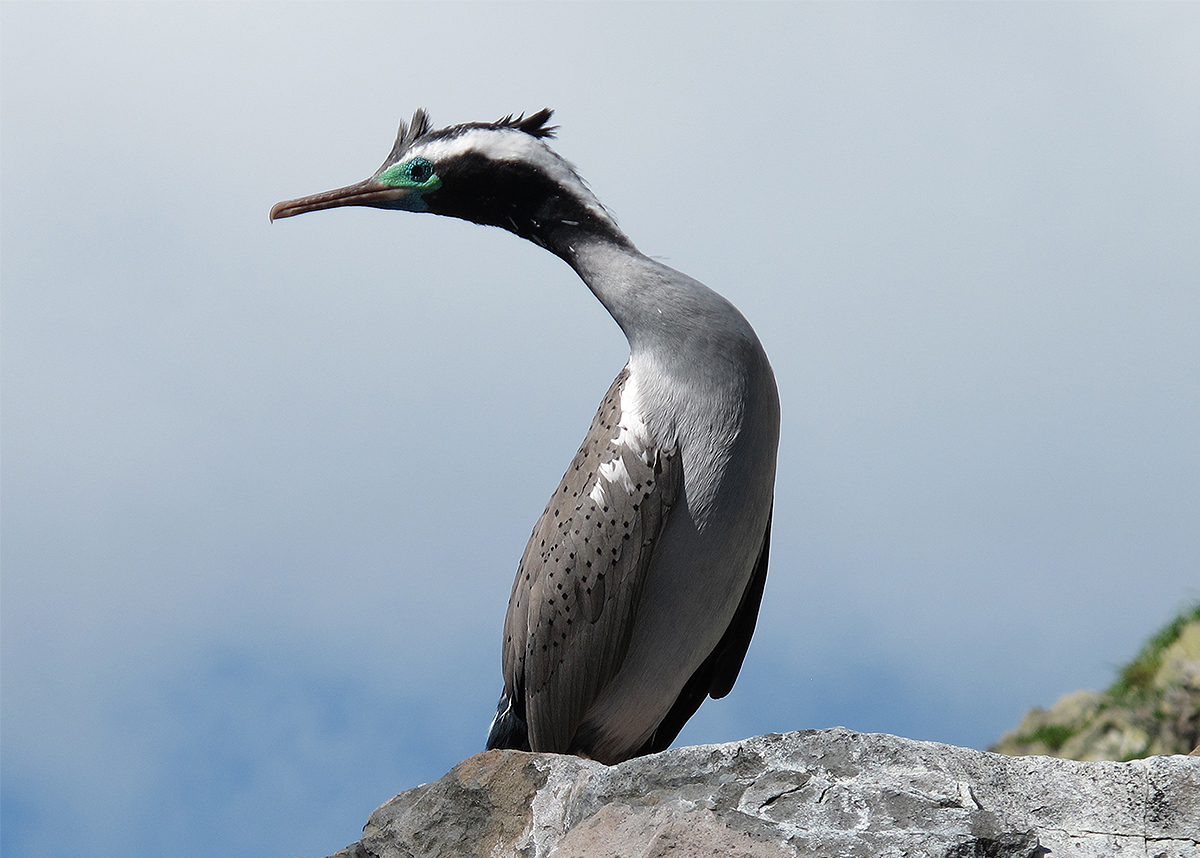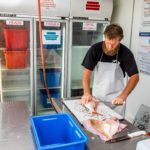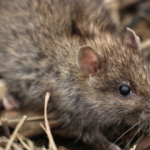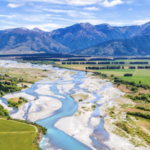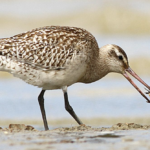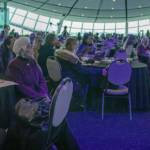The Hauraki Gulf is home to a threatened population of Spotted Shags, thought to be genetically distinct. Whilst the Spotted Shag is relatively common in other parts of the country, in the Hauraki Gulf the birds are now limited to just two colonies, on Tarahiki and Waiheke Islands, with an estimated population of 300 breeding pairs.
In an attempt to attract Spotted Shags back to the Noises group of islands, a replica colony of Spotted Shags has been installed on the steep cliff face of Otata Island – the largest of the Noises group. The replicas were made from six Spotted Shag specimens in the Auckland Museum’s collection, that were collected by Museum staff from the Noises back in 1913.
The Museum’s specimens have been scanned, 3D printed and painted. As well as the replica birds, nests have been constructed from dried seaweed and a solar-powered sound system installed to transmit bird calls. White paint has been used to mimic the droppings that mark seabird colonies.
Damian Christie from the Aotearoa Science Agency was on hand to film the installation.
You can also watch Auckland Biodiversity ecologist Tim Lovegrove and Auckland Museum’s Matt Rayner take part in an annual survey to monitor the threatened populations of Spotted Shags in the Hauraki Gulf here.


